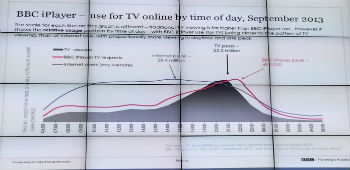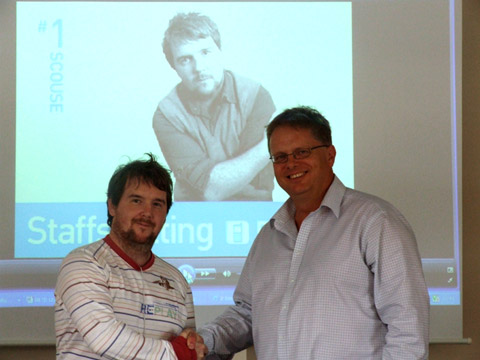Vidyo video conferencing takes the strain out of taking the train
Interesting statistics for Netaxis’ internal usage of their Vidyo video conferencing solution in 2016. We had a cumulative total of 91,496 minutes of connections. That’s 2 months, 3 days, 12 hours and 56 minutes of connections. There were a total of 974 meetings connecting 2,000 people with an average of 2.05 persons per meeting at a duration of 45 minutes. Meetings under 15 minutes were not counted.
Those are quite chunky stats. Over the period concerned Netaxis had around 25 folk in the company and they operate a flexible working policy which means any one person can be working from home, at a customer site or in the office (or down the pub etc).
I was quite surprised when I saw these numbers. They are impressive. What jogged my memory was seeing people on Facebook complain about the Tube strikes in London:
eg Not often I post but today……tube strikes can do one!! ???? (Name withheld to protect the innocent.)
These Netaxis Vidyo video conferencing statistics could be turned into a pounds shillings and pence number (well we did vote to leave the EU) representing time and money saved by people not having to travel to meetings plus the Carbon footprint savings. You can work those out yourselves as they might apply to your own business.
I’ve always been somewhat sceptical of the usefulness of video for business meetings. All the big video conference companies have lots of business case material for why it is worth shelling out hundreds of thousands of pounds (shillings and pence) for their kit but I suspect it is only big business with global presence that bought it. I use desktop video a lot in my personal life taking to the family but before I met the Netaxis folk have never bothered with it for business.
With Netaxis I use it a lot. Firstly it means free international calls from both my phone and desktop and you get all the usual desktop sharing/IM/presence stuff which does get used. We don’t only use it for internal meetings. We use it for customer demos as well. The point is it is so easy to use and it works well over the cellular data network as well so the experience of video on your mobile is good.
This isn’t really a sales pitch for Netaxis and Vidyo but an observation that the world is changing before our very eyes and I think that the tech we have been pushing for perhaps 15 years is finally becoming useful and being used.
Actually scratch that. This is definitely a sales pitch. So if you are reading this whilst stationary in gridlocked traffic somewhere near London, crammed on to a Southwest train running late or walking along trying to stay on the pavement somewhere between a mainline station and your office we need to talk:) Especially if you want to easily integrate video conferencing services with your existing service proposition.
Take the strain out of using the train.
Disclosure I do consultancy work for Netaxis. They are good guys.
Other video related posts on this blog.



 Now to be fair, there is some light in the sky these days regarding inter-network IM capability. For instance, with Yahoo Messenger you can add and communicate with contacts using Windows Live™ Messenger, and you can add your AOL AIM contacts into Google Talk. Such functionalities, however, are the result of agreements reached between the networks, agreements in which a bridging of two (or more) proprietary protocols has been put in place not to open communication up but to simply extend one IM provider’s boundaries to include those within another’s.
Now to be fair, there is some light in the sky these days regarding inter-network IM capability. For instance, with Yahoo Messenger you can add and communicate with contacts using Windows Live™ Messenger, and you can add your AOL AIM contacts into Google Talk. Such functionalities, however, are the result of agreements reached between the networks, agreements in which a bridging of two (or more) proprietary protocols has been put in place not to open communication up but to simply extend one IM provider’s boundaries to include those within another’s. 







